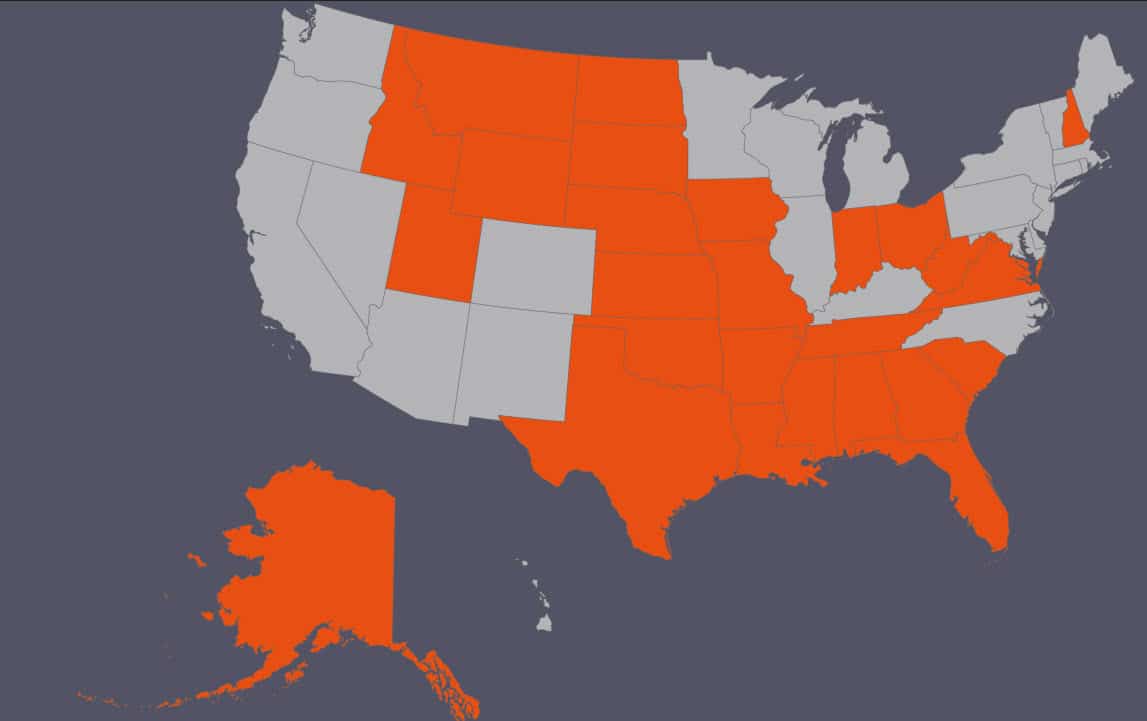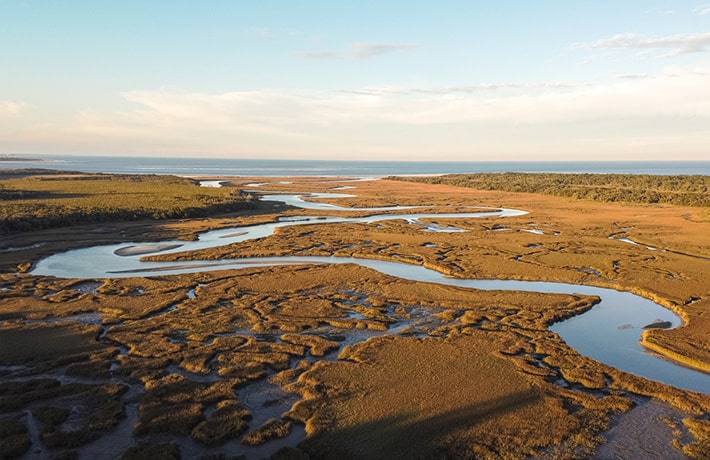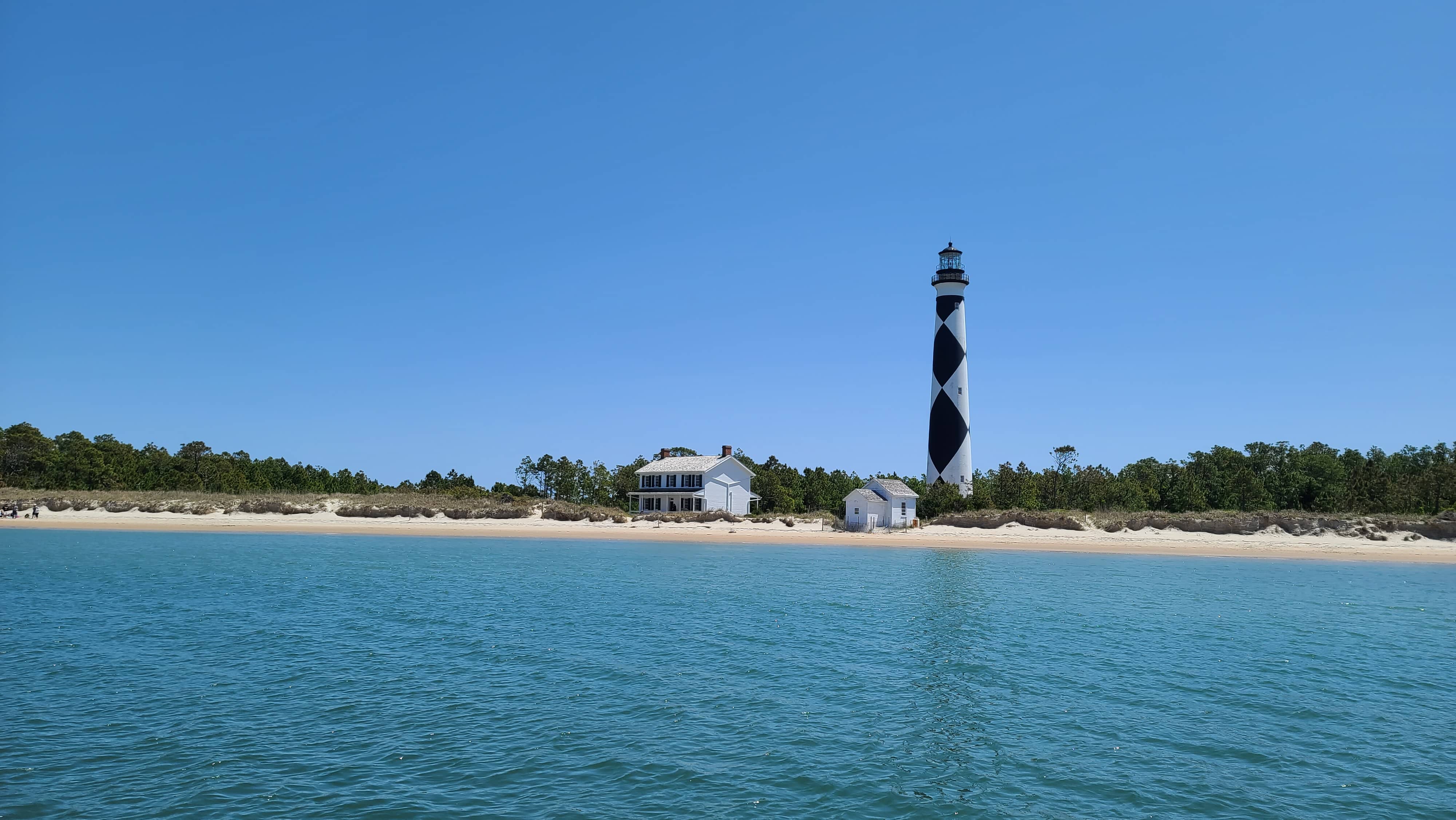The Swamp Stomp
Volume 14, Issue 10
As of the end of 2013, the US EPA has announced 134 new and modified agency rule changes. It is a health list when compared to the 53 new rules in 2012. They have been quite busy. The rules are separated into major areas that include: air, chemical safety, solid waste and water. The vast majority of these new rules are focused on greenhouse gas emissions, client change and the like. However, water issues are quite significant. There are 14 new water rules under consideration and include the definition of “Waters of the United States” Under the Clean Water Act.
To help you sort though all of this I have included the 14 water rule changes along with a brief summary of each one.

Pre-rule Stage
RID: 2040-AF43
Title: NPDES Regulations to Address Water Quality Impacts from Forest Road Discharges
Summary: The EPA is exploring the use flexible non-permitting approaches under the Clean Water Act to regulate certain discharges of stormwater from forest roads, including logging roads, in order to address water quality impacts from those discharges. The EPA recognizes that effective best management practices (BMPs) exist that protect receiving waters and minimize impacts. The EPA is considering approaches that leverage effective BMP programs.
RID: 2040-AF46
Title: Section 610 Review of National Pollutant Discharge Elimination System Permit Regulation and Effluent Limitations Guidelines Standards for Concentrated Animal Feeding Operations
Summary: The EPA promulgated revised regulations for Concentrated Animal Feeding Operations (CAFOs) on February 12, 2003 (68 FR 7175). The “2003 CAFO Rule” expanded the number of operations covered by the CAFO regulations and included requirements to address the land application of manure from CAFOs. The 2003 CAFO Rule required all CAFOs to seek NPDES permit coverage.
Proposed Rule Stage
RID: 2040-AD39
Title: Uniform National Discharge Standards for Vessels of the Armed Forces – Phase II
Summary: CWA section 312(n) directs EPA and DoD to establish national discharge standards for discharges incidental to the normal operation of a vessel of the Armed Forces. The proposed standards will apply to approximately 6,000 vessels of the Armed Forces and are intended to reduce the adverse environmental impacts associated with the discharges, stimulate the development of improved pollution control devices, and advance the development of environmentally sound ships by the military.
RID: 2040-AF03
Title: Development of Best Management Practices for Recreational Boats under Section 312(o) of the Clean Water Act
Summary: The Clean Boating Act amends section 402 of the Clean Water Act (CWA) to exclude recreational vessels from National Pollutant Discharge Elimination System permitting requirements. In addition, it adds a new CWA section 312(o) directing EPA to develop regulations that identify the discharges incidental to the normal operation of recreational vessels (other than a discharge of sewage) for which it is reasonable and practicable to develop management practices to mitigate adverse impacts on waters of the United States.
RID: 22040-AF16
Title: Water Quality Standards Regulatory Clarifications
Summary: EPA proposed changes to the water quality standards (WQS) regulation to improve its effectiveness in helping restore and maintain the Nation’s Waters. The core of the current WQS regulation has been in place since 1983. These revisions will allow EPA, States, and authorized tribes to better achieve program goals by providing clearer more streamlined requirements to facilitate enhanced water resource protection.
RID: 2040-AF25
Title: National Pollutant Discharge Elimination System (NPDES) Application and Program Updates Rule
Summary: EPA plans to propose regulations that would update specific elements of the existing National Pollutant Discharge Elimination System (NPDES) in order to better harmonize regulations and application forms, improve permit documentation and transparency, and provide clarifications to the existing regulations. In this effort EPA plans to address application, permitting, monitoring, and reporting requirements that have become obsolete or outdated due to programmatic, technical or other changes that have occurred over the past 35 years.
RID: 2040-AF30
Title: Definition of “Waters of the United States” Under the Clean Water Act
Summary: After U.S. Supreme Court decisions in SWANCC and Rapanos, the scope of “waters of the US” protected under all CWA programs has been an issue of considerable debate and uncertainty. The Act has a single definition for “waters of the United States.” As a result, these decisions affect the geographic scope of all CWA programs. SWANCC and Rapanos did not invalidate the current regulatory definition of “waters of the United States.” However, the decisions established important considerations for how those regulations should be interpreted, and experience implementing the regulations has identified several areas that could benefit from additional clarification through rulemaking. U.S. EPA and the U.S. Army Corps of Engineers are developing a proposed rule for determining whether a water is protected by the Clean Water Act. This rule would make clear which waterbodies are protected under the Clean Water Act.
RID: 2040-AF48
Title: Guidelines Establishing Test Procedures for the Analysis of Pollutants Under the Clean Water Act; Analysis and Sampling Procedures
Summary: This regulatory action would amend “Guidelines Establishing Test Procedures for the Analysis of Pollutants” at 40 CFR part 136 to approve test procedures (analytical methods) for use by testing laboratories for water monitoring. These test procedures are used to implement the National Pollutant Discharge Elimination System (NPDES) program unless an alternate procedure is approved by a Regional Administrator. The regulation would also revise, clarify, and correct errors and ambiguities in existing methods and the water monitoring regulations.
Final Rule Stage
RID: 2040-AC84
Title: National Pollutant Discharge Elimination System (NPDES): Use of Sufficiently Sensitive Test Methods for Permit Applications and Reporting
Summary: EPA is launching an effort to update specific elements of the existing NPDES regulations in order to provide clarifications related to the NPDES permit application and NPDES permit monitoring analytical detection level requirements.
RID: 2040-AE95
Title: Criteria and Standards for Cooling Water Intake Structures
Summary: Section 316(b) of the Clean Water Act (CWA) requires EPA to ensure that the location, design, construction, and capacity of cooling water intake structures reflect the best technology available (BTA) for minimizing adverse environmental impacts. Under a consent decree with environmental organizations, EPA divided the 316(b) rulemaking into three phases. All new facilities except offshore oil and gas exploration facilities were addressed in Phase I in December 2001. In July, 2004, EPA promulgated Phase II which covered large existing electric generating plants. In July 2007, EPA suspended the Phase II rule following the Second Circuit decision. In light of the Supreme Court 2009 decision and its recognition that EPA has broad discretion in its 316(b) regulations, EPA initiated consultation with the Fish and Wildlife Service and the National Marine Fisheries Service under Section 7 of the Endangered Species Act. EPA and the Services began informal consultation in 2012, but concluded in 2013 that formal consultation was necessary. In order to accommodate the regulatory 135-day time frame for formal consultation, plaintiffs agreed to a modification to the settlement agreement, extending final rule deadline to November 4, 2013.
RID: 2040-AF14
Title: Effluent Limitations Guidelines and Standards for the Steam Electric Power Generating Point Source Category
Summary: EPA establishes national technology-based regulations, called effluent limitations guidelines and standards, to reduce discharges of pollutants from industries to waters of the U.S. These requirements are incorporated into National Pollutant Discharge Elimination System (NPDES) discharge permits issued by EPA and States and through the national pretreatment program.
RID: 2040-AF21
Title: Water Quality Standards for the State of Florida’s Estuaries and Coastal Waters
Summary: EPA is under a Consent Decree deadline to sign a notice of final rulemaking for numeric nutrient water quality criteria (which are elements of water quality standards) for the State of Florida’s estuaries and coastal waters by September 30, 2013. Pursuant to a judicial order, EPA’s obligation to sign a notice of final rulemaking for numeric nutrient water quality criteria for flowing waters in south Florida (including canals), tidally influence segments, and the downstream protection values for flowing waters into estuaries by September 30, 2013 has been stayed until 30 days after the court rules on EPA’s motion to modify the Consent Decree to relieve EPA of its obligation to finalize criteria for those waters.
RID: 2040-AF39
Title: Water Quality Standards for the State of Florida’s Streams and Downstream Protection of Lakes: Remanded Provisions
Summary: This final rule addresses an order by the U.S. District Court for the Northern District of Florida from February 18, 2012, which remanded to the EPA two portions of its numeric water quality standards for nutrients in Florida that were promulgated and published on December 6, 2010. This rule promulgates criteria for the remanded provisions and provides additional explanation: the flowing waters criteria derived using the reference condition approach for Florida streams and for the derivation of the downstream protective values (DPVs) for unimpaired lakes. Per the terms of the Consent Decree, EPA signed for publication in the Federal Register proposed criteria on November 30, 2012.
RID: 2040-AF44
Title: Effluent Limitations Guidelines and Standards for the Construction and Development Point Source Category
Summary: This action will address revisions to the effluent guidelines and standards for the construction and development (C & D) point source category 40 CFR 450. The C&D rule was issued on December 1, 2009 and became effective on February 1, 2010. This action would revise several of the non-numeric portions of the rule in response to litigation.





